- The claims on discovery of new math go counter to this sober analysis of Plimpton 322: https://www.maa.org/.../files/pdf/news/monthly105-120.pdf …
Https://Www.Maa.Org/Sites/Default/Files/Pdf/News/Monthly105-120.Pdf Read Eleanor Robson's analysis of Plimpton 322
1. INTRODUCTION. In this paper I shall discuss Plimpton 322, one of the world’s most famous ancient mathematical artefacts [Figure 1]. But I also want to explore the ways in which studying ancient mathematics is, or should be, different from researching modern mathematics. One of the most cited analyses of Plimpton 322, published some twenty years ago, was called “Sherlock Holmes in Babylon” [4]. This enticing title gave out the message that deciphering historical documents was rather like solving a fictional murder mystery: the amateur detective-historian need only pit his razor-sharp intellect against the clues provided by the self-contained story that is the piece of mathematics he is studying. Not only will he solve the puzzle, but he will outwit the well-meaning but incompetent professional history-police every time. In real life, the past isn’t like an old-fashioned whodunnit: historical documents can only be understood in their historical context.
Read on...
Https://Www.Maa.Org/Sites/Default/Files/Pdf/News/Monthly105-120.Pdf
Australian scientists appear to have cracked the code of a 3,700-year old Babylonian clay tablet.
![Plimpton 322]()
![]()
Daniel Mansfield holds the 3700-year-old Babylonian tablet that he and colleagues used to make their case.
This ancient Babylonian tablet may contain the first evidence of trigonometry
Trigonometry, the study of the lengths and angles of triangles, sends most modern high schoolers scurrying to their cellphones to look up angles, sines, and cosines. Now, a fresh look at a 3700-year-old clay tablet suggests that Babylonian mathematicians not only developed the first trig table, beating the Greeks to the punch by more than 1000 years, but that they also figured out an entirely new way to look at the subject. However, other experts on the clay tablet, known as Plimpton 322 (P322), say the new work is speculative at best.Consisting of four columns and 15 rows of numbers inscribed in cuneiform, the famous P322 tablet was discovered in the early 1900s in what is now southern Iraq by archaeologist, antiquities dealer, and diplomat Edgar Banks, the inspiration for the fictional character Indiana Jones.Now stored at Columbia University, the tablet first garnered attention in the 1940s, when historians recognized that its cuneiform inscriptions contain a series of numbers echoing the Pythagorean theorem, which explains the relationship of the lengths of the sides of a right triangle. (The theorem: The square of the hypotenuse equals the sum of the square of the other two sides.) But why ancient scribes generated and sorted these numbers in the first place has been debated for decades.- Mathematician Daniel Mansfield of the University of New South Wales (UNSW) in Sydney was developing a course for high school math teachers in Australia when he came across an image of P322. Intrigued, he teamed up with UNSW mathematician Norman Wildberger to study it. “It took me 2 years of looking at this [tablet] and saying ‘I’m sure it’s trig, I’m sure it’s trig, but how?’” Mansfield says. The familiar sines, cosines, and angles used by Greek astronomers and modern-day high schoolers were completely missing. Instead, each entry includes information on two sides of a right triangle: the ratio of the short side to the long side and the ratio of the short side to the diagonal, or hypotenuse.
![]()
- The cuneiform inscriptions on Plimpton 322 suggest the Babylonians used a form of trigonometry based on the ratios of the sides of a triangle, rather than the more familiar angles, sines, and cosines.
- Mansfield realized that the information he needed was in missing pieces of P322 that had been reconstructed by other researchers. “Those two ratios from the reconstruction really made P322 into a clean and easy-to-use trigonometric table,” he says. He and Wildberger concluded that the Babylonians expressed trigonometry in terms of exact ratios of the lengths of the sides of right triangles, rather than by angles, using their base 60 form of mathematics, they report today in Historia Mathematica. “This is a whole different way of looking at trigonometry,” Mansfield says. “We prefer sines and cosines … but we have to really get outside our own culture to see from their perspective to be able to understand it.”If the new interpretation is right, P322 would not only contain the earliest evidence of trigonometry, but it would also represent an exact form of the mathematical discipline, rather than the approximations that estimated numerical values for sines and cosines provide, notes Mathieu Ossendrijver, a historian of ancient science at Humboldt University in Berlin. The table, he says, contains exact values of the sides for a range of right triangles. That means that—as for modern trigonometric tables—someone using the known ratio of two sides can use information in the tablet to find the ratios of the two other sides.What’s still lacking is proof that the Babylonians did in fact use this table, or others like it, for solving problems in the manner suggested in the new paper, Ossendrijver says. And science historian Jöran Friberg, retired from the Chalmers University of Technology in Sweden, blasts the idea. The Babylonians “knew NOTHING about ratios of sides!” he wrote in an email to Science. He maintains that P322 is “a table of parameters needed for the composition of school texts and, [only] incidentally, a table of right triangles with whole numbers as sides.” But Mansfield and Wildberger contend that the Babylonians, expert surveyors, could have used their tables to construct palaces, temples, and canals.Mathematical historian Christine Proust of the French National Center for Scientific Research in Paris, an expert on the tablet, calls the team’s hypothesis “a very seductive idea.” But she points out that no known Babylonian texts suggest that the tablet was used to solve or understand right triangles. The hypothesis is “mathematically robust, but for the time being, it is highly speculative,” she says. A thorough search of other Babylonian mathematical tablets may yet prove their hypothesis, Ossendrijver says. “But that is really an open question at the moment.”
Mysterious ‘Plimpton 322’ Tablet’s Secret Revealed
- It is, they reckon, the world’s oldest (and most accurate) trigonometric table, and could have been used to help build ancient palaces, temples and canals.The new research, our of University of new South Wales, Sydney, indicates that it was the Babylonians, not the Greeks, who first studied trigonometry, a math focused on triangles. Plimpton 322, as the the small tablet is known, was discovered in the early 1900s by the historic fugure on whom the character Indiana Jones was based. Archaeologist Edgar Banks found it in what is now southern Iraq.On it are four columns and 15 rows of numbers written using a base 60, or sexagesimal, system. An alternate theory had been that it was a teacher’s aid used to check students’ solutions to quadratic equations.Said Daniel Mansfield: “The huge mystery, until now, was its purpose – why the ancient scribes carried out the complex task of generating and sorting the numbers on the tablet. Our research reveals that Plimpton 322 describes the shapes of right-angle triangles using a novel kind of trigonometry based on ratios, not angles and circles. It is a fascinating mathematical work that demonstrates undoubted genius.”Mansfield and collaborator Norman Wildberger have published their findings in Historia Mathematica. Prior to this, it was the Greek astronomer Hipparchus (who lived about 120 years BC) that was credited as the father of trigonometry. Hipparchus’ “table of chords” was thought to be the oldest trigonometry table. Said Wildberger: “Plimpton 322 predates Hipparchus by more than 1,000 years. It opens up new possibilities not just for modern mathematics research, but also for mathematics education. With Plimpton 322 we see a simpler, more accurate trigonometry that has clear advantages over our own.”
Mansfield and Wildberger agreed to study Plimpton 322, Babylonian mathematics generally, after realizing that it had parallels with the rational trigonometry of Wildberger’s book Divine Proportions: Rational Trigonometry to Universal Geometry
. The tablet’s rows describe a sequence of 15 right-angle triangles, decreasing in inclination. Though the left edge of the tablet is broken, the researchers believe there were originally 6 columns and that the tablet was meant to be completed with 38 rows. With this, they reckon, scribes using a base 60 numerical arithmetic similar to our time clock, could have generated the numbers on the tablet.
https://www.scribd.com/document/357462161/Trigonometry-Plimpton-322 Full text
Abstract
We trace the origins of trigonometry to the Old Babylonian era, between the 19th and 16th centuries B.C.E. This is well over a millennium before Hipparchus is said to have fathered the subject with his ‘table of chords’. The main piece of evidence comes from the most famous of Old Babylonian tablets: Plimpton 322, which we interpret in the context of the Old Babylonian approach to triangles and their preference for numerical accuracy. By examining the evidence with this mindset, and comparing Plimpton 322 with Madhava's table of sines, we demonstrate that Plimpton 322 is a powerful, exact ratio-based trigonometric table.
Highlights
- •
- Plimpton 322 contains a fragment from a proto-trigonometric table.
- •
- The Babylonians discovered exact sexagesimal trigonometry at least 1500 years before the ancient Greeks discovered trigonometry.
- •
- Babylonian exact sexagesimal trigonometry uses exact ratios and square ratios instead of approximation and angles.
Plimpton 322 is Babylonian exact sexagesimal trigonometry
Original Research Article- In Press, Corrected Proof, Available online 24 August 2017
Highlights
- •
- Plimpton 322 contains a fragment from a proto-trigonometric table.
- •
- The Babylonians discovered exact sexagesimal trigonometry at least 1500 years before the ancient Greeks discovered trigonometry.
- •
- Babylonian exact sexagesimal trigonometry uses exact ratios and square ratios instead of approximation and angles.
Trigonometry, Plimpton 322 by Srini Kalyanaraman on Scribd





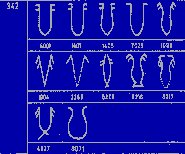 Variants of Sign 342
Variants of Sign 342

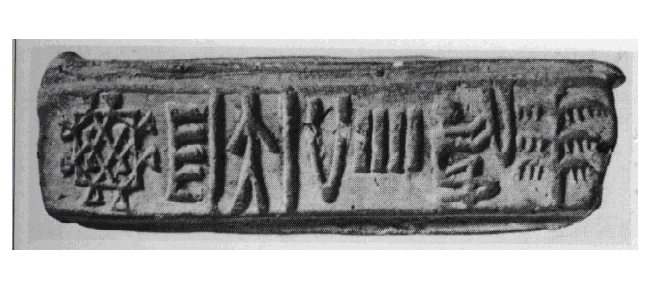





 The nagahood is an indus script hieroglyph:
The nagahood is an indus script hieroglyph:




















![Bagh Gumpha, Udayagiri and Khandagiri Caves, Khordha District [Odisha-INDIA]](http://i.pinimg.com/564x/4a/e9/29/4ae9292145857da018ead9a4c4d508d1.jpg)




















































 Pasenadi pillar of Bharhut with garlanded tree signifies: kuTi 'tree' rebus: kuThi 'smelter' PLUS dāma 'garland' rebus: dhāu 'red ore'.
Pasenadi pillar of Bharhut with garlanded tree signifies: kuTi 'tree' rebus: kuThi 'smelter' PLUS dāma 'garland' rebus: dhāu 'red ore'.
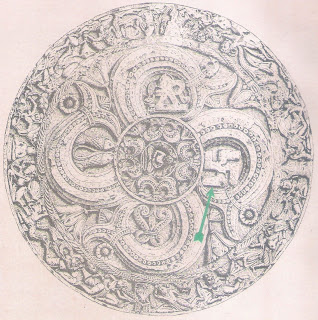 Ayagapatta, Kankali Tila, Mathura.
Ayagapatta, Kankali Tila, Mathura.











 View of the Jaina stupa excavated at Kankali Tila, Mathura.
View of the Jaina stupa excavated at Kankali Tila, Mathura.















 Floating wall sculpture depicts a stupa Mara Buddha. Note: under the Bodhi tree is the empty pedestal with back cushions and pillows lined with carved swastika (Svastika, Swastika), at the foot of the pedestal are two footprints symbolizing the presence of the Buddha. Javelin in his Mara, Mara (sitting in the lower left corner) with gestures and facial expressions disappointed. The top left corner depicts Mara is riding elephants flee. (Ganthacala - Amaravati)
Floating wall sculpture depicts a stupa Mara Buddha. Note: under the Bodhi tree is the empty pedestal with back cushions and pillows lined with carved swastika (Svastika, Swastika), at the foot of the pedestal are two footprints symbolizing the presence of the Buddha. Javelin in his Mara, Mara (sitting in the lower left corner) with gestures and facial expressions disappointed. The top left corner depicts Mara is riding elephants flee. (Ganthacala - Amaravati)
 Stupa of Bharhut. ca. 150 BCE. Center-piece of the torana (arch) is the sacred tree venerated by worshippers. Scarfs adorn the branches: dhatu 'scarf' rebus: dhAtu 'mineral ore'. The lower frame of the frieze shows a slab with hieroglyphs: daLa 'petals, leaves' rebus: dhALako 'ingot'. tAmarasa 'lotus' rebus:tAmra 'copper';atop the lotus is the hypertext of 'srivatsa':
Stupa of Bharhut. ca. 150 BCE. Center-piece of the torana (arch) is the sacred tree venerated by worshippers. Scarfs adorn the branches: dhatu 'scarf' rebus: dhAtu 'mineral ore'. The lower frame of the frieze shows a slab with hieroglyphs: daLa 'petals, leaves' rebus: dhALako 'ingot'. tAmarasa 'lotus' rebus:tAmra 'copper';atop the lotus is the hypertext of 'srivatsa':


 Railing crossbar with monks worshiping a fiery pillar, a symbol of the Buddha.
Railing crossbar with monks worshiping a fiery pillar, a symbol of the Buddha. 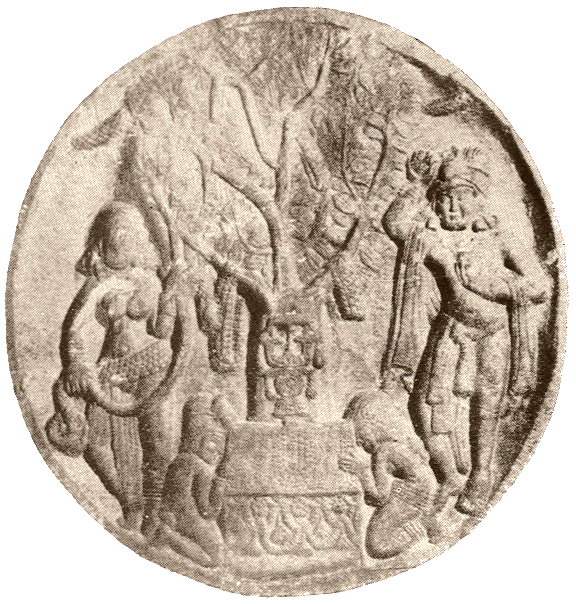






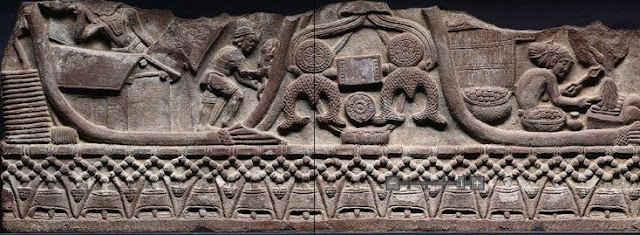

 Sacred tree. Kamandalu. Smiths, artisans. ca. 200 BCE
Sacred tree. Kamandalu. Smiths, artisans. ca. 200 BCE
 Gudimallam Shiva linga within vedika, railing.
Gudimallam Shiva linga within vedika, railing. [Pl. 39, Savita Sharma, opcit. Tree symbol (often on a platform) on punch-marked coins; a symbol recurring on many tablets showing Sarasvati hieroglyphs].
[Pl. 39, Savita Sharma, opcit. Tree symbol (often on a platform) on punch-marked coins; a symbol recurring on many tablets showing Sarasvati hieroglyphs].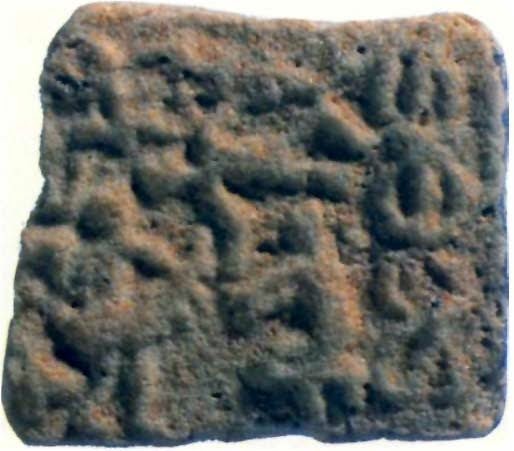

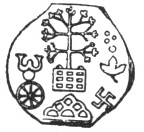
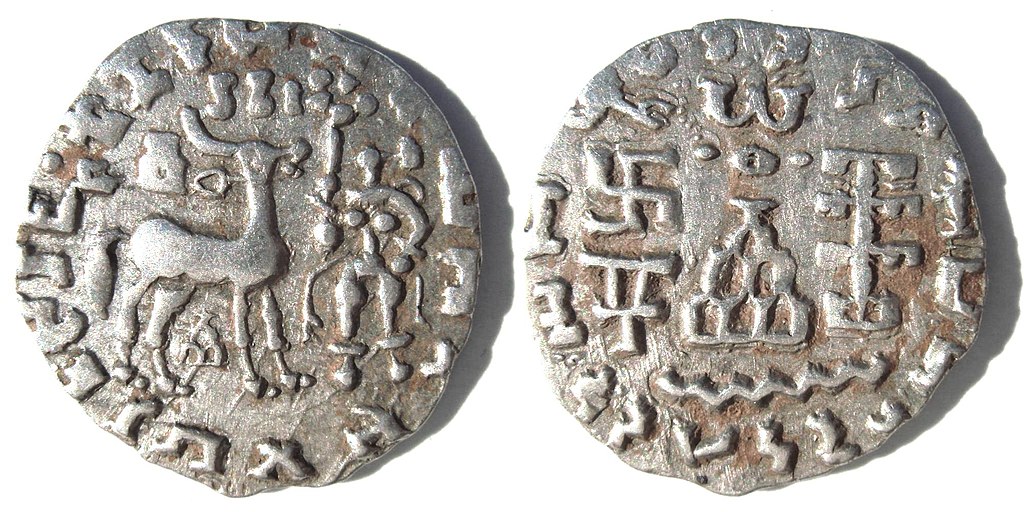

 Harappa tablet.
Harappa tablet.



 Chanhudaro 28
Chanhudaro 28



 Harappa Script. Tree in railing.
Harappa Script. Tree in railing.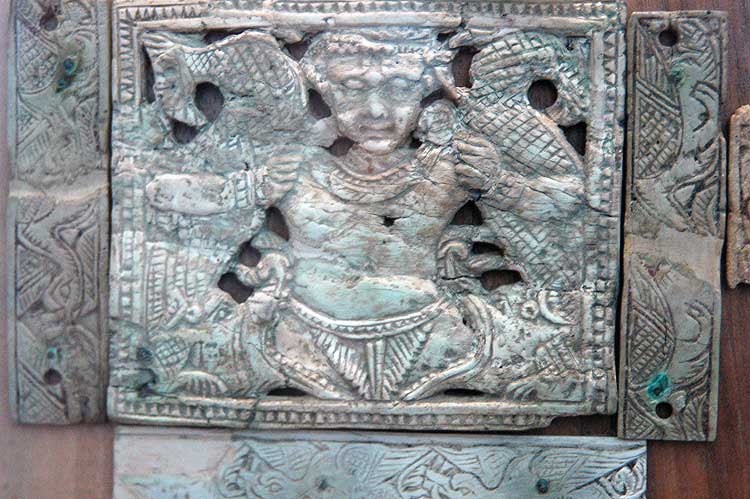










 Sculptural frieze. Mathura Museum.
Sculptural frieze. Mathura Museum. 






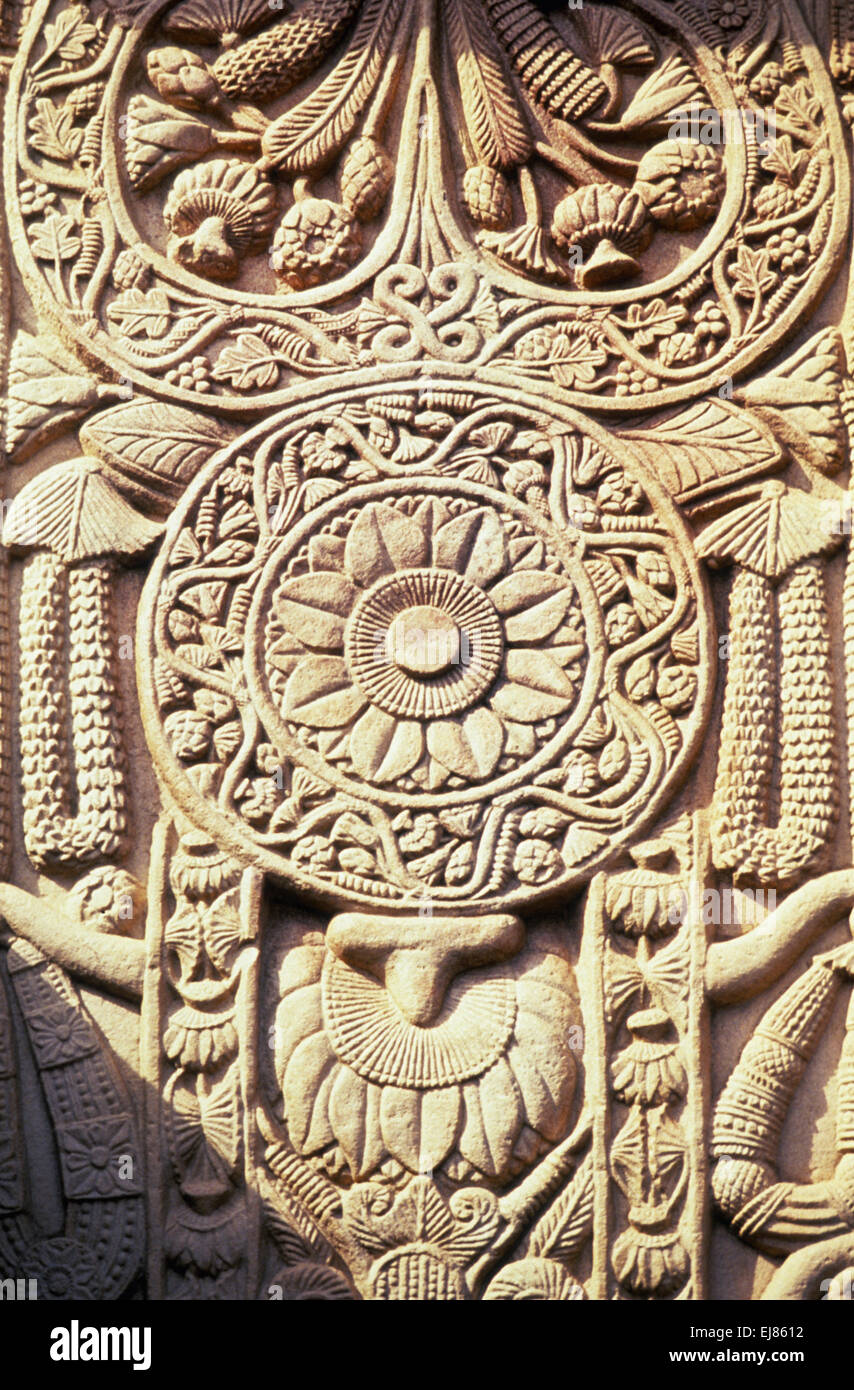



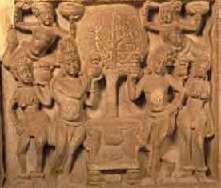
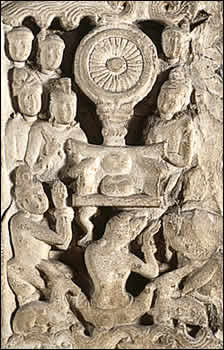















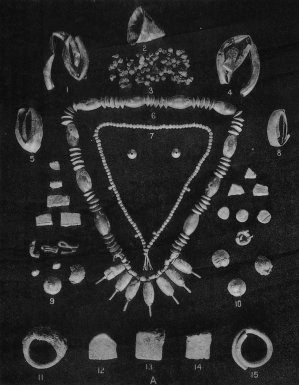


 Cuneiform sign SAG
Cuneiform sign SAG
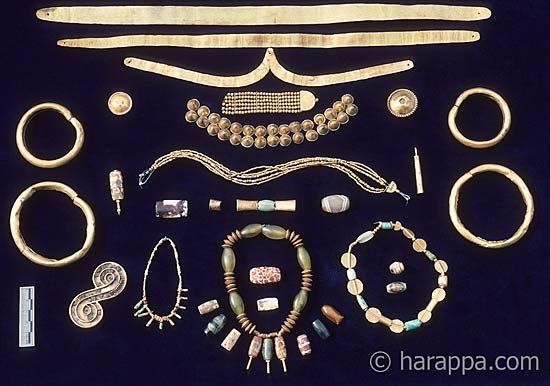
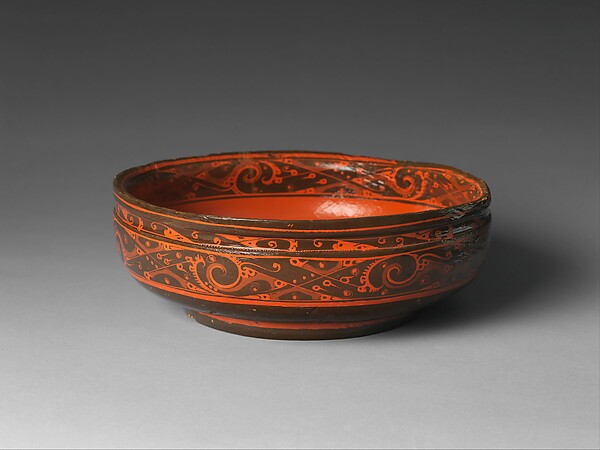
 Kaiser Bengali is a senior economist who has served as advisor to the chief minister Balochistan as well as consultant/national coordinator for Benazir Income Support Programme (BISP), Government of Pakistan. Besides, he has headed research institutions including Social Policy and Development Centre (SPDC), Karachi, and Sustainable Development Policy Institute (SDPI), Islamabad. He has done his Masters in Economics from Boston University, USA, and has a PhD from Karachi University. He has vast experience in the fields of teaching, research, publications and finance.
Kaiser Bengali is a senior economist who has served as advisor to the chief minister Balochistan as well as consultant/national coordinator for Benazir Income Support Programme (BISP), Government of Pakistan. Besides, he has headed research institutions including Social Policy and Development Centre (SPDC), Karachi, and Sustainable Development Policy Institute (SDPI), Islamabad. He has done his Masters in Economics from Boston University, USA, and has a PhD from Karachi University. He has vast experience in the fields of teaching, research, publications and finance.


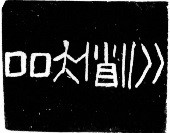 m1529
m1529 m1534
m1534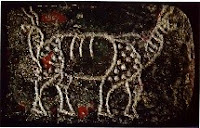 m1534
m1534
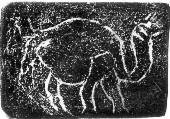
 The meaning of the expression colossochelys atlas is:
The meaning of the expression colossochelys atlas is: 



















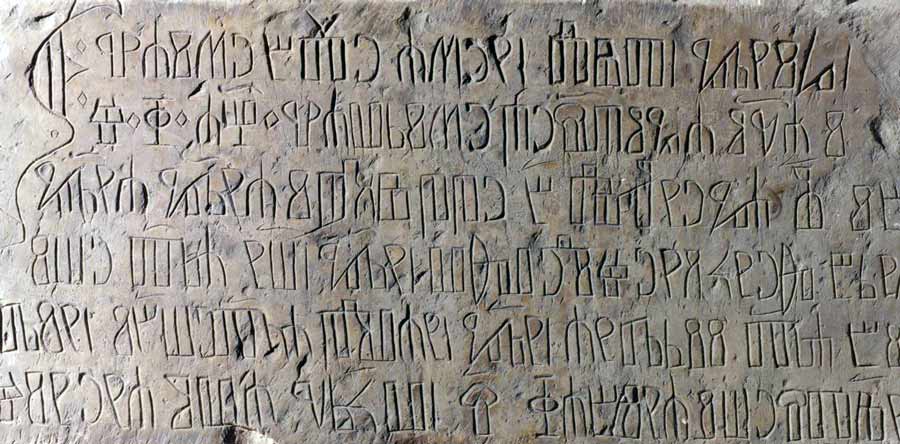
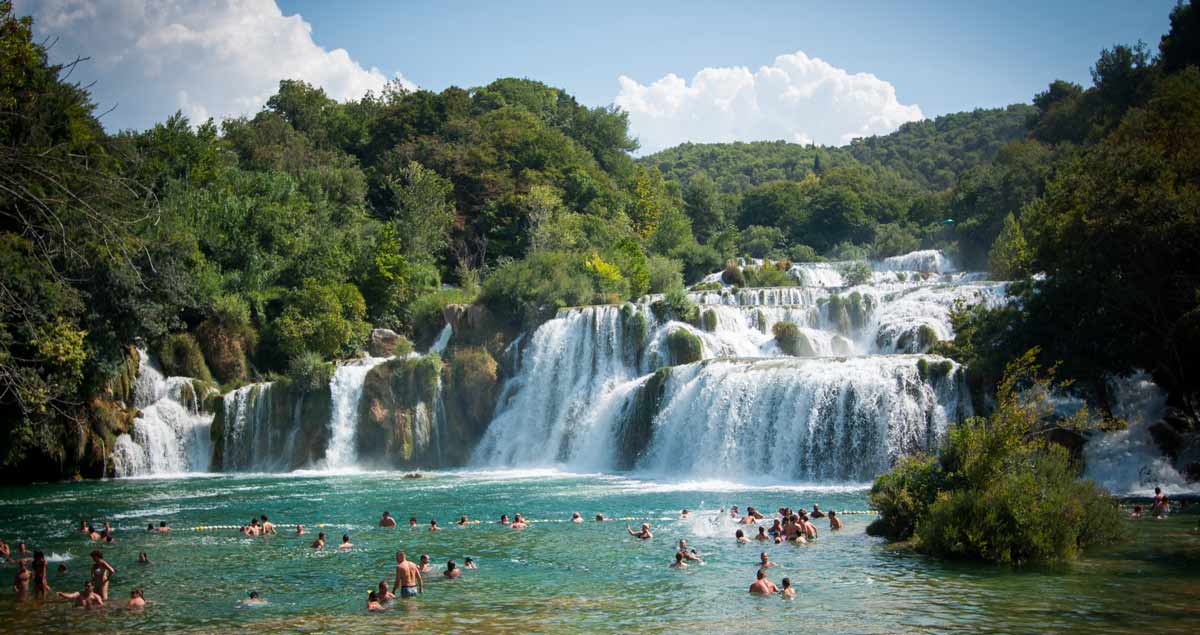
























in develop countries which countries you are talking about US? CANada? people pay happily? you must be kidding, they are welfare countries, pls go back to school, they will happily pay you a cheque if u dont have money to buy food, and keep printing $ so all third world can send them food and clothes for their toilet paper and some new iphones or a new movie or perhaps arms to fight neighbours or even kill your own people because they cant pay tax because they dont have resources to generate income. pakistan as a islamic country should be TAX free as per islamic laws, & the govt is responsible for every new born.
Disappointed to find that our leaders failed to present their case and protect vital interest for their nation.
I really wonder what will happen after 10 years when repayments starts..
Chinese industry has already failed industries in usa , Europe and Australia.
Pakistani industry will have to probably form joint ventures with chinese to succeed.
Cpec is also more of the political game than financial one , look how the world esp India America and some European powers are reacting to it. They will try to change any govt that is pro cpec.
Pakistan China friendship is more at the govt to govt level than people to people level , due to language and cultural barriers and least amount of people to prople contact.
Cpec is more important to China than Pakistan for its access to Arabian sea. (Russian tried it and see what happened )
Pakistan will come to bear a lot more western pressure in coming years
India is jealous n Kashmir also wil free soon
India struggle via Afghanistan to disturb Pakistan
Kalboshan the key terrorist from indian army
Sharif .zardari..diesel .achakzai are batriyot
Only khan
Advised for india just sympathy with indian poor people n help them
In nutshell pathetic article.
I fail to understand why would one want to expand manufacturing when you are not competitive enough!!
I have been workinh in Gwadar since 2005 and have hardly seen an incident where theives are stealing water.
Anyways, we should all respect China and Pakistan Economic Corridor.
As far as Gwadar is concerned if Government could just legitimate Land records and free us from Patwar Khanas than we will all be prosperous.
China is an economic giant peaceful with Pakistan since it’s independence. I feel worst but need to highlight that China compared to Pakistan is nothing when it comes to corruption and transparency. Asif Ali Zardari would never become our Prrsident if we were strong nation. The only thing strong in Pakistan is army and poor men who live below the poverty lines but still do not complain. God bless poor Pakistani’s and the nations army.
for example, since Chinese companies are tax-exempted they will bring everything from China and hence they will have no reliance on Pakistani businesses to fulfil their demands. This has shattered the dreams of many local companies that planned to expand their production facilities in anticipation of receiving orders from these Chinese companies…
So Pakistani market will be zero as all will be available here from China….. We will not be able to cry on the situation as China is our best friend…
Gaddar bengalee is pleasing baniya Brahmins
CPEC will make Pakistan stronger and many nations will come to it
Pakistan after becoming a power will liberate Afghanistan & Kashmir soon
Insha Allah
China condemns and claims that Pakistan is the birth-state of extremist in BRICS conference.